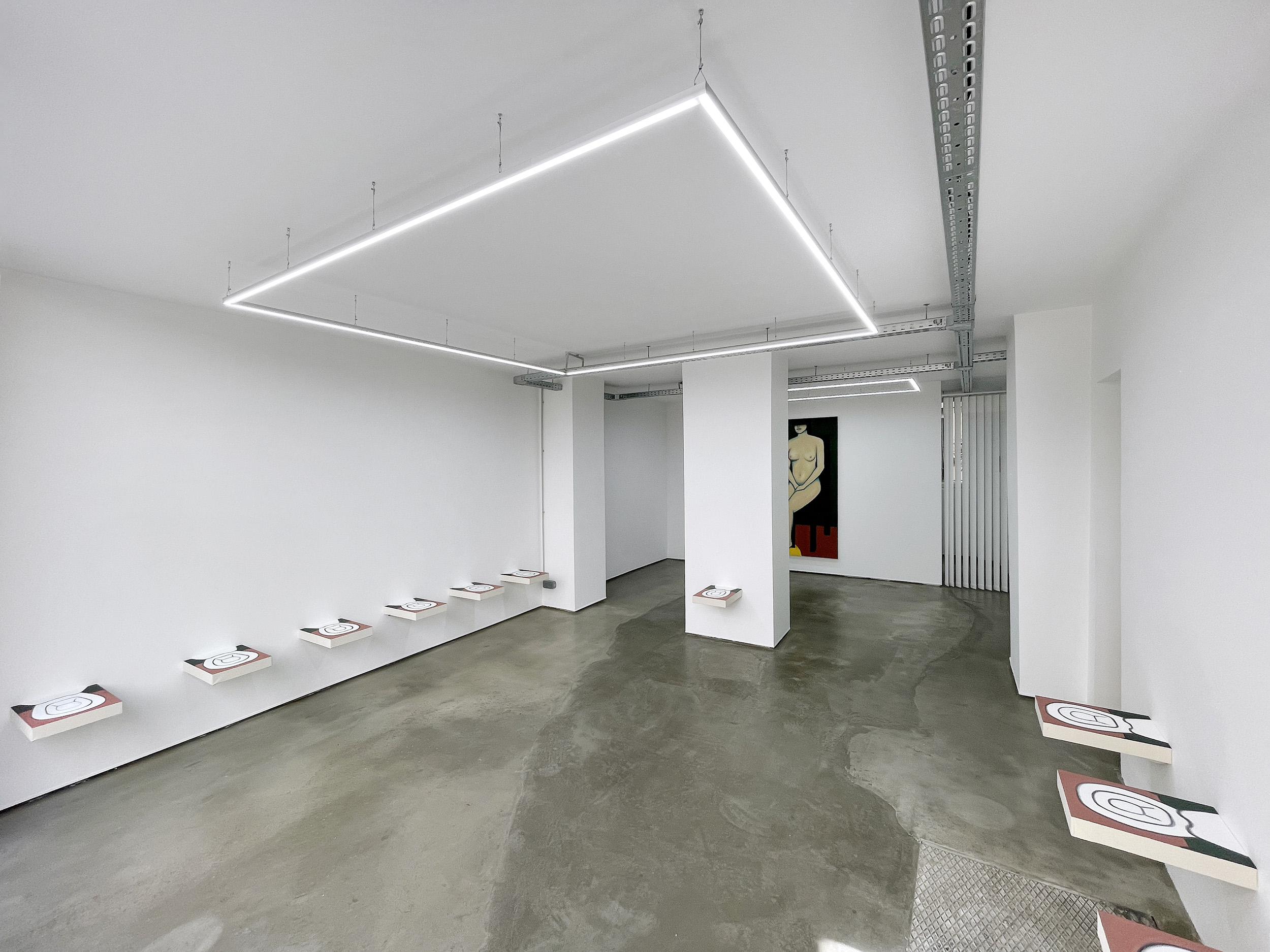 musical chair, 2024
musical chair, 2024Exo Exo, Paris
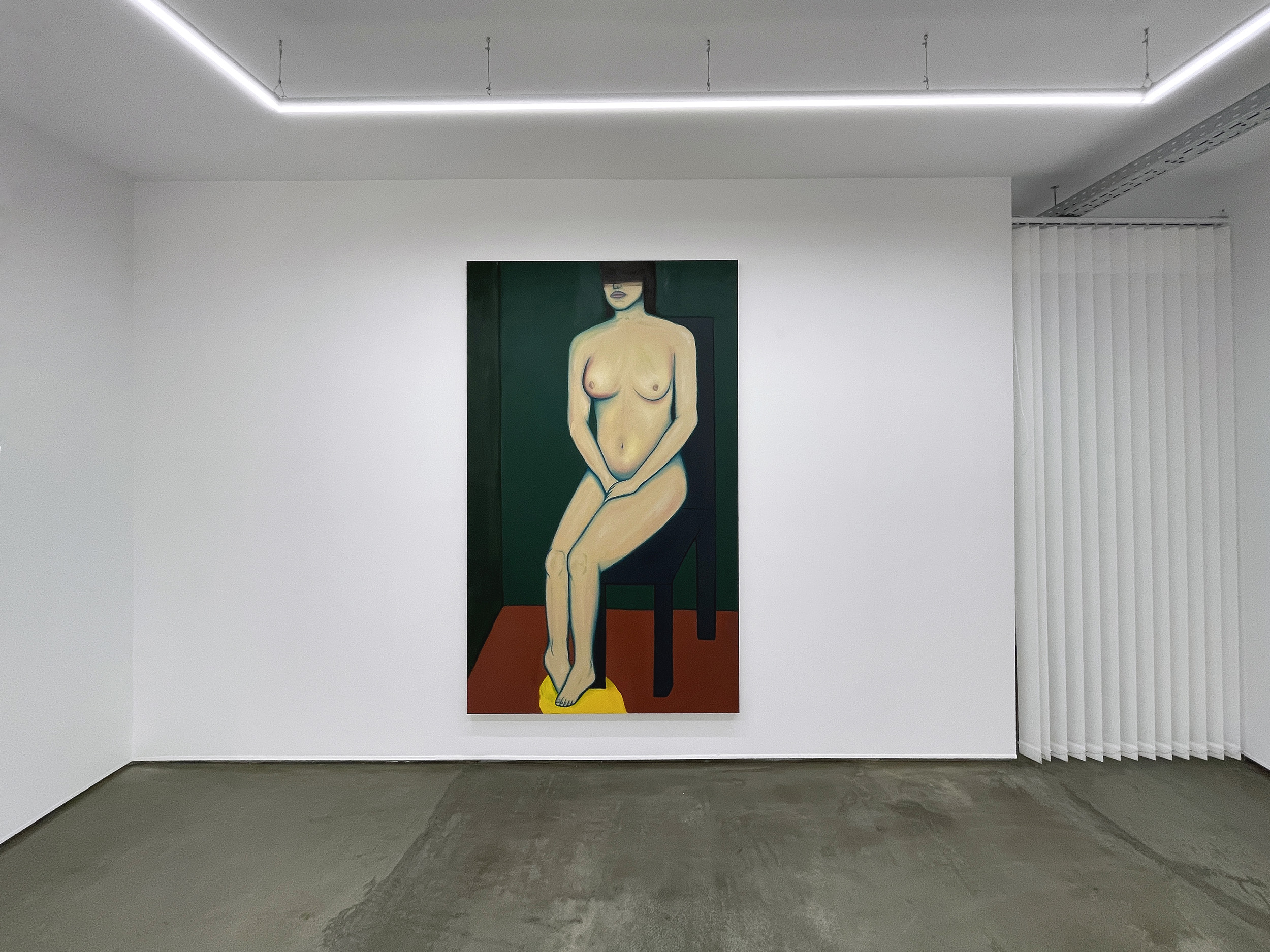 musical chair, 2024
musical chair, 2024Exo Exo, Paris
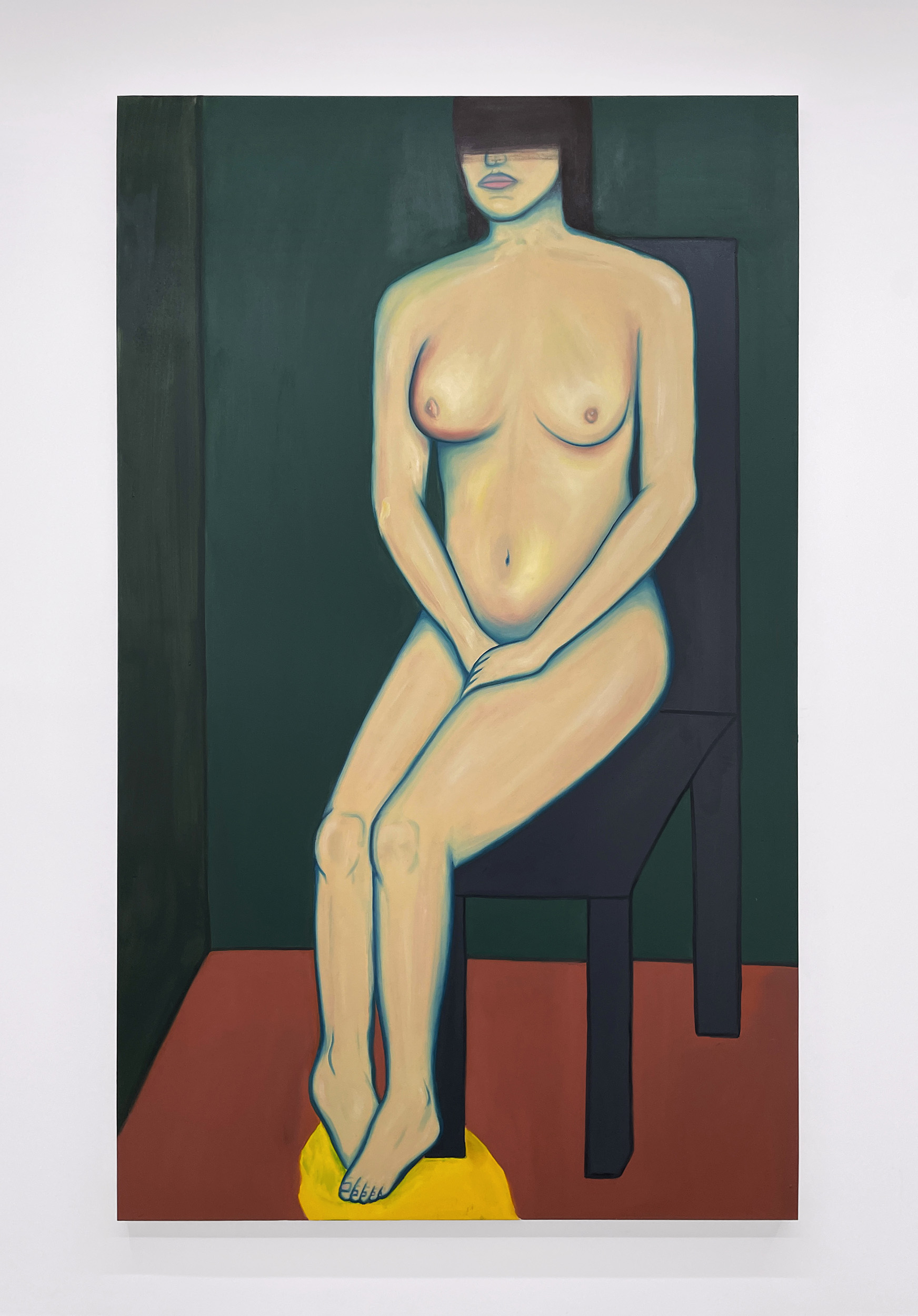 Azize Ferizi, Everybody is a winner, 2024
Azize Ferizi, Everybody is a winner, 2024Oil on canvas
200 x 120 cm
Inquire
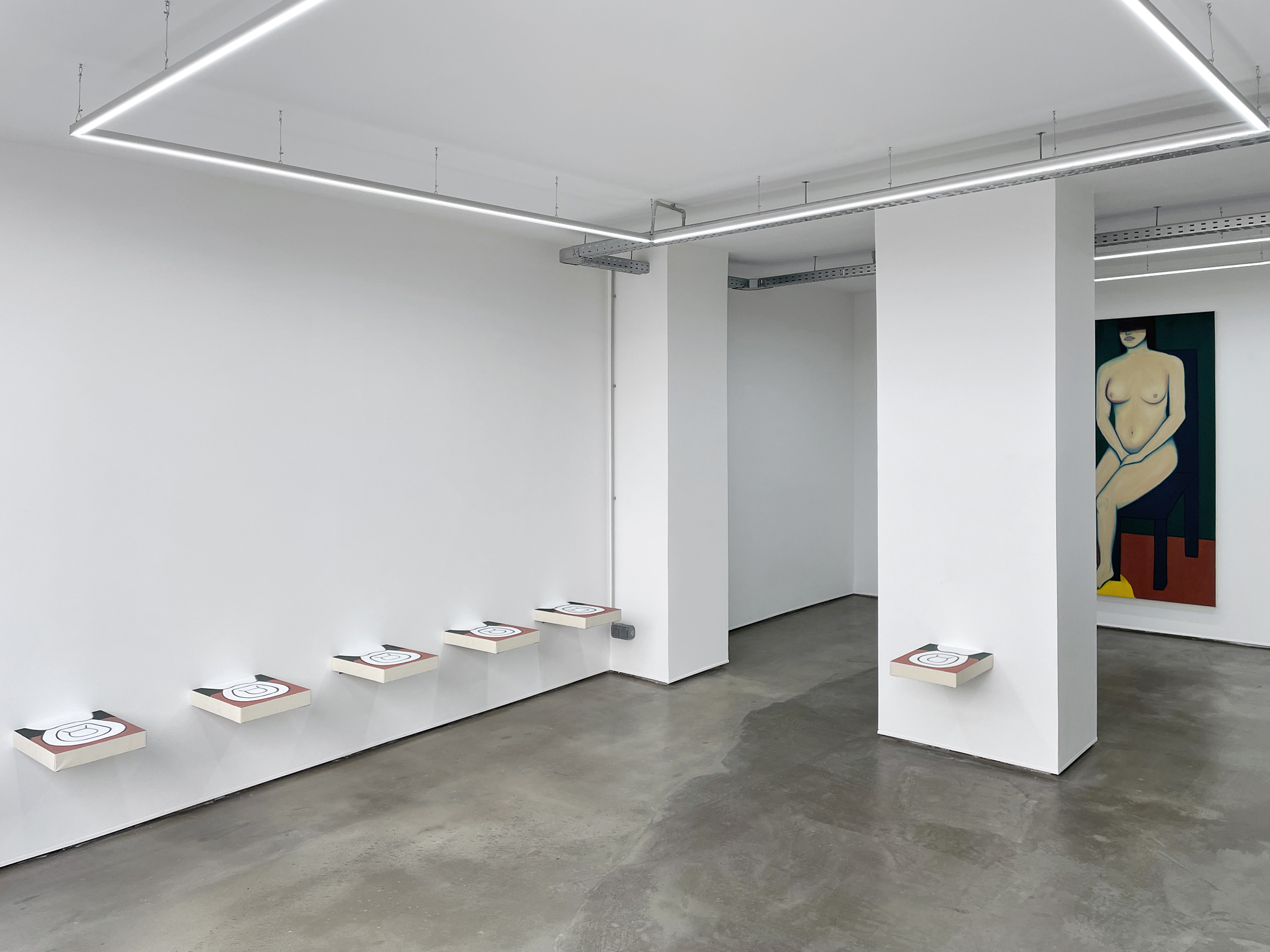 musical chair, 2024
musical chair, 2024Exo Exo, Paris
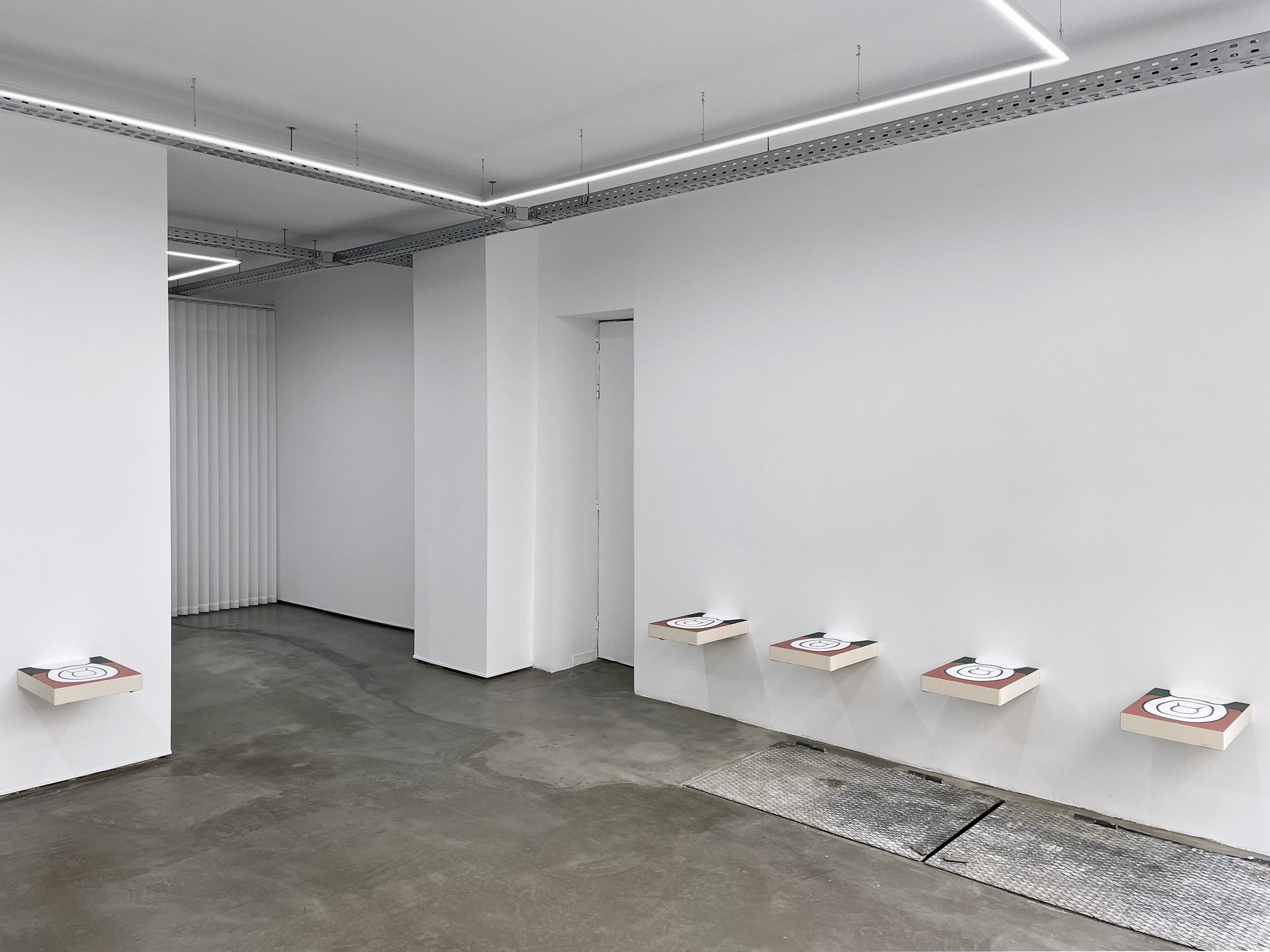 musical chair, 2024
musical chair, 2024Exo Exo, Paris
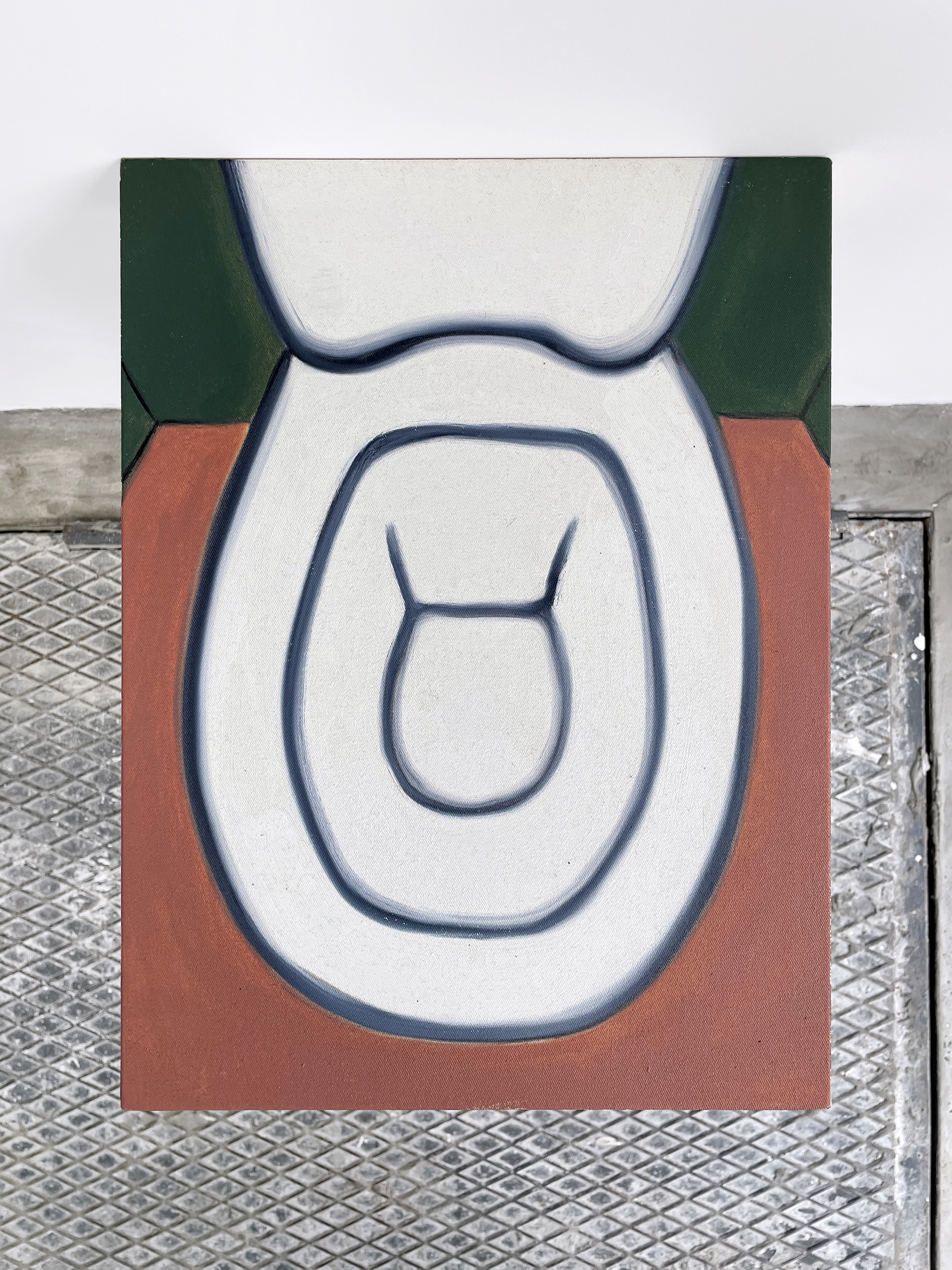 Azize Ferizi, Toilet seat #2, 2024
Azize Ferizi, Toilet seat #2, 2024Oil on canvas
40 x 30 cm
Inquire
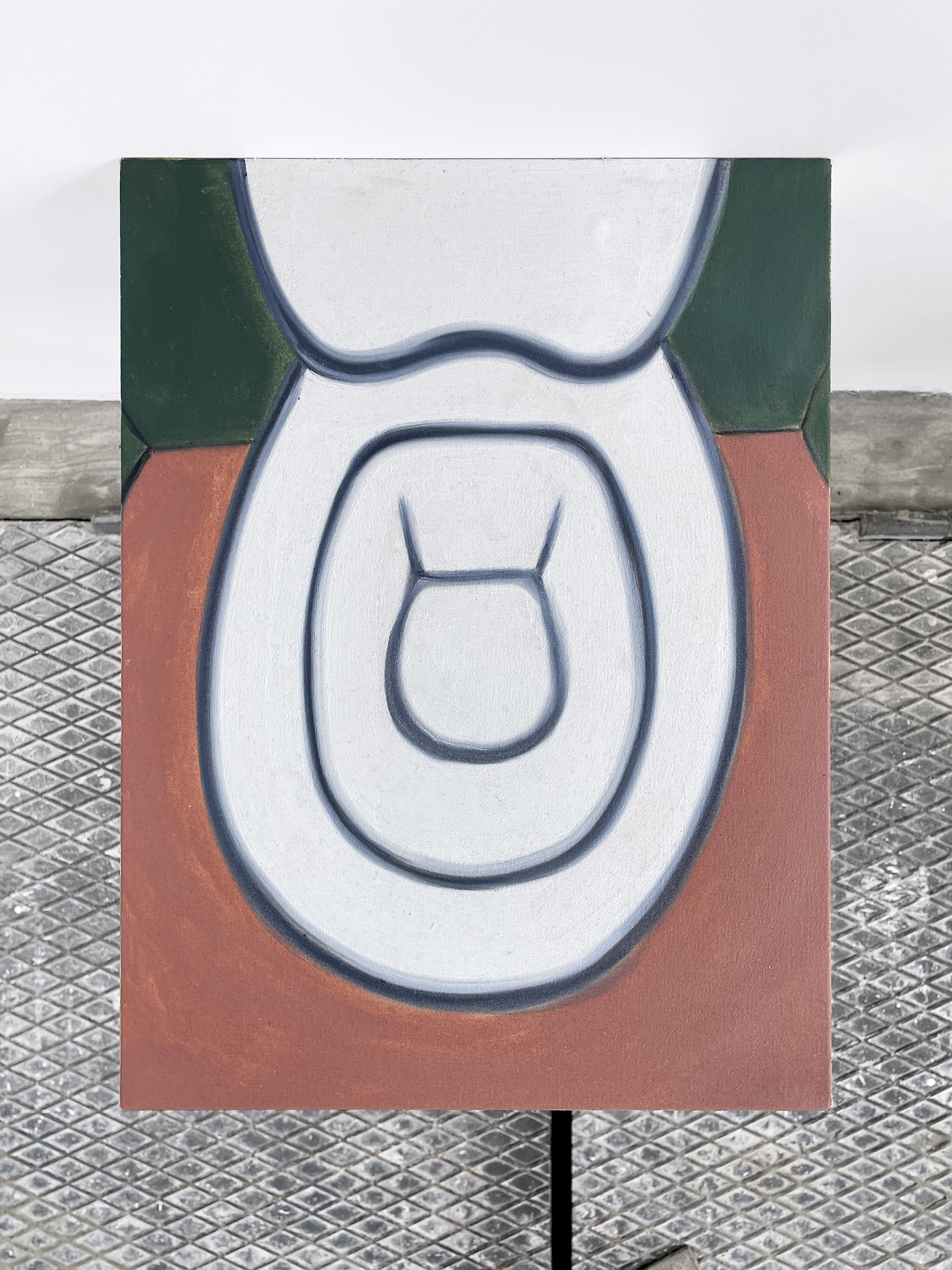 Azize Ferizi, Toilet seat #3, 2024
Azize Ferizi, Toilet seat #3, 2024Oil on canvas
40 x 30 cm
Inquire
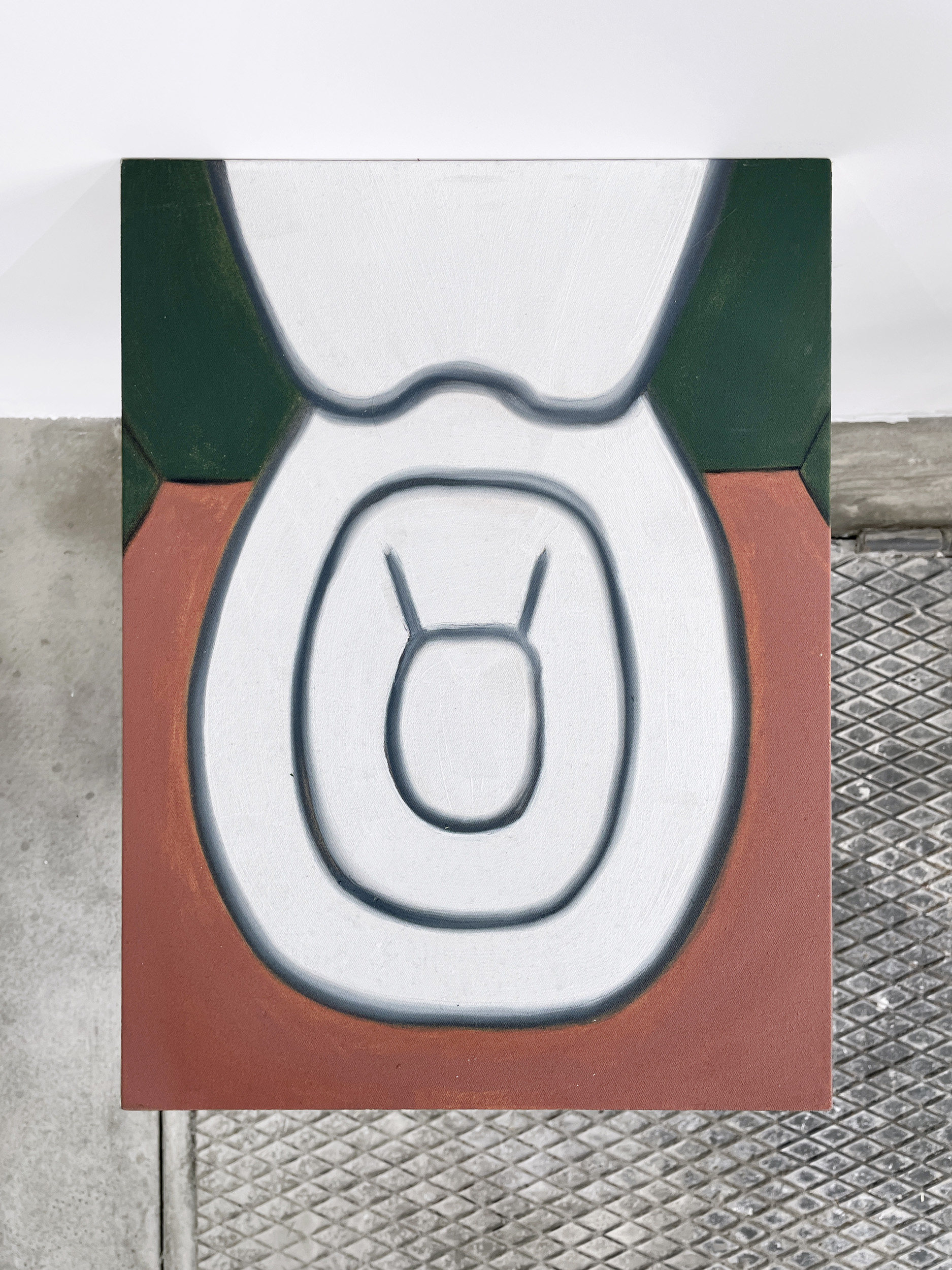 Azize Ferizi, Toilet seat #4, 2024
Azize Ferizi, Toilet seat #4, 2024Oil on canvas
40 x 30 cm
Inquire
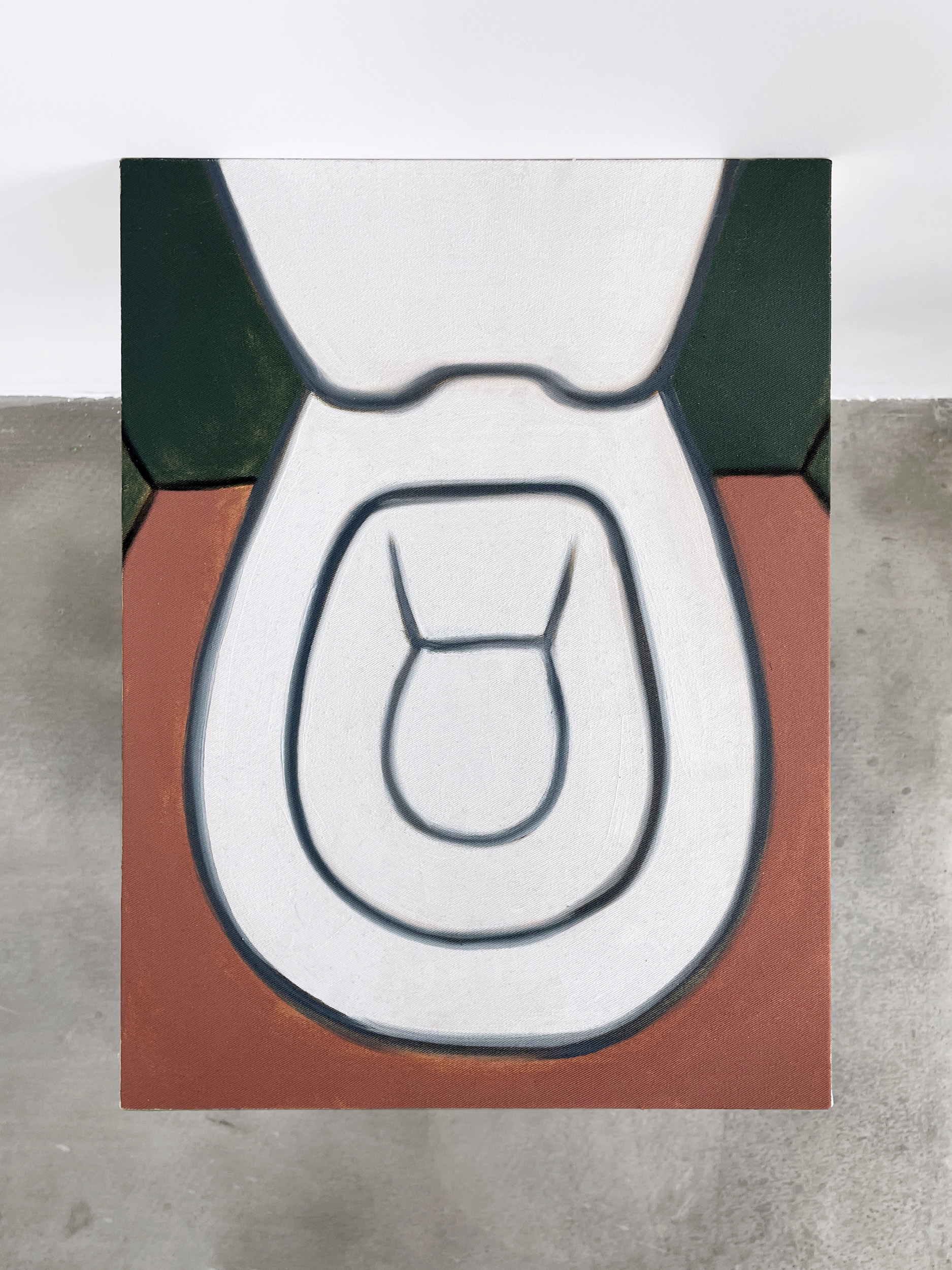 Azize Ferizi, Toilet seat #5, 2024
Azize Ferizi, Toilet seat #5, 2024Oil on canvas
40 x 30 cm
Inquire
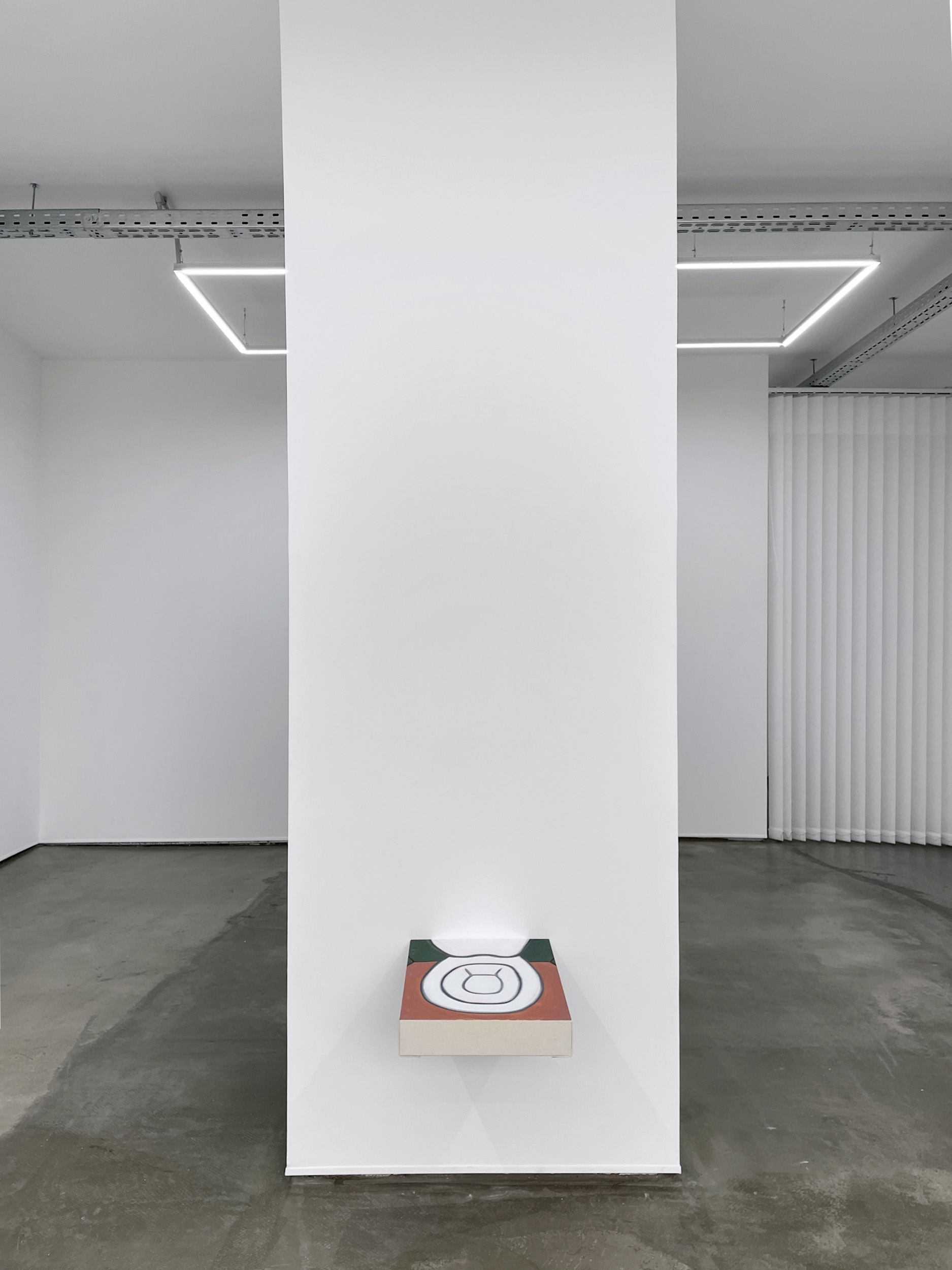 musical chair, 2024
musical chair, 2024Exo Exo, Paris
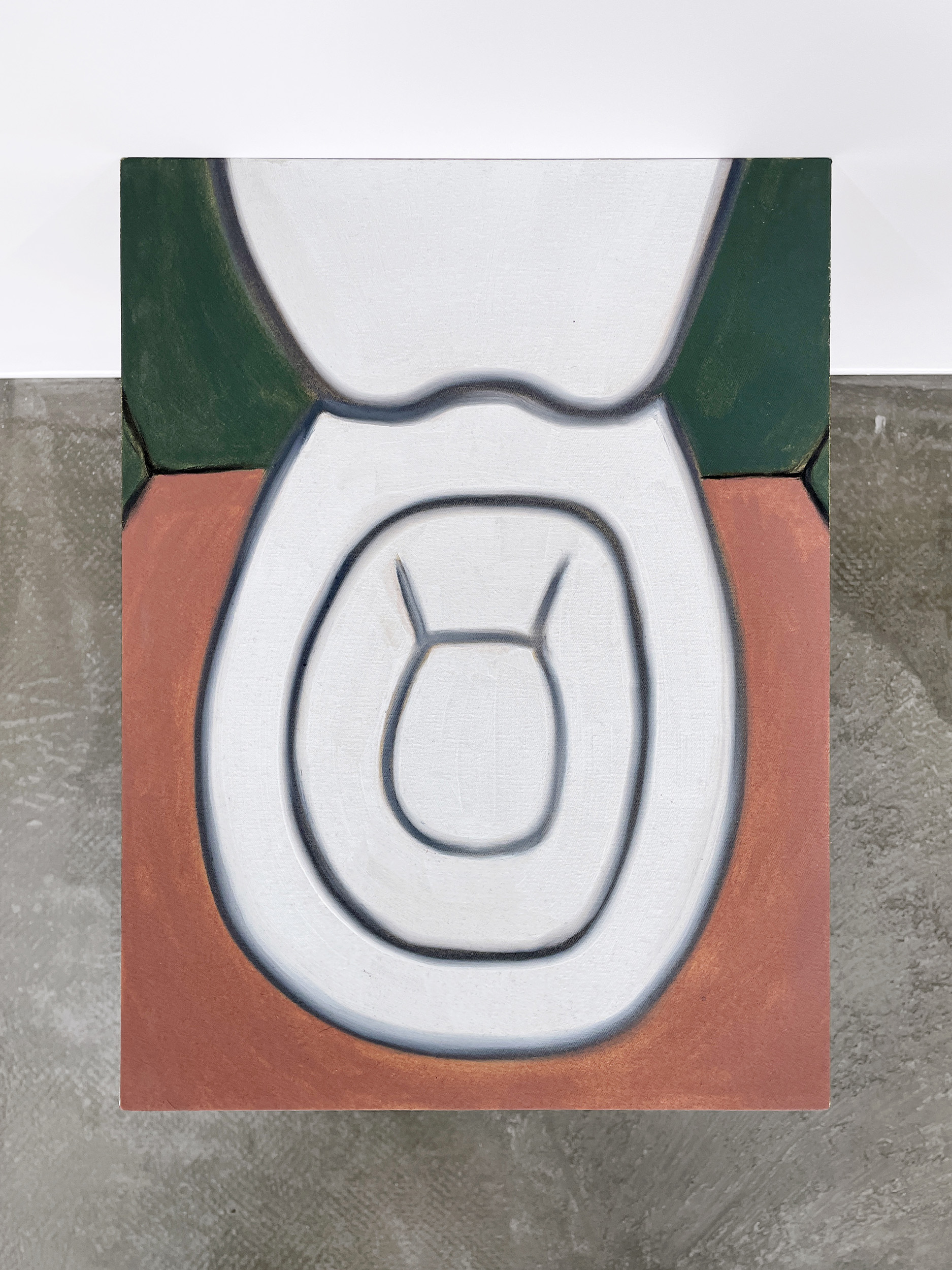 Azize Ferizi, Toilet seat #6, 2024
Azize Ferizi, Toilet seat #6, 2024Oil on canvas
40 x 30 cm
Inquire
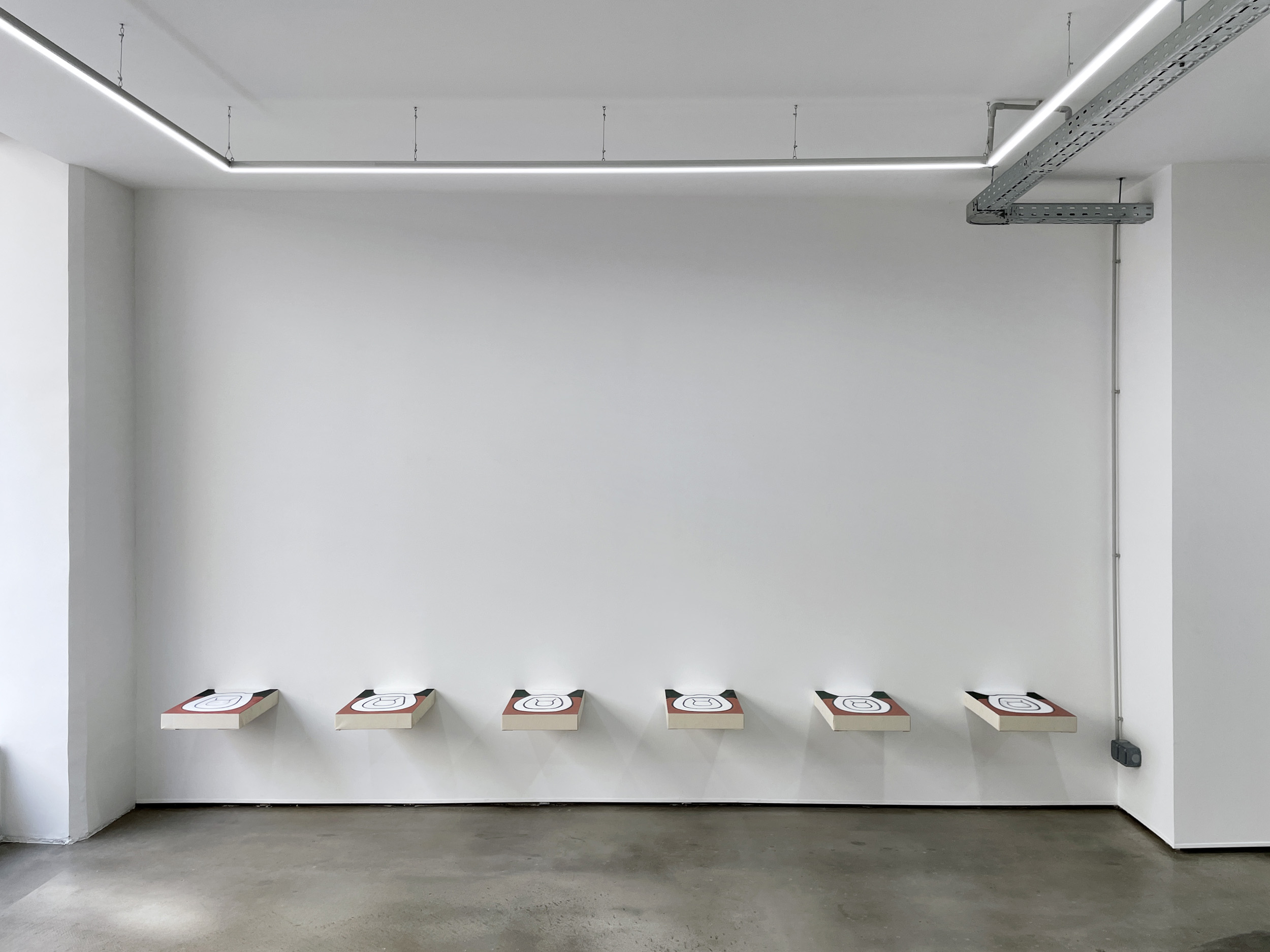 musical chair, 2024
musical chair, 2024Exo Exo, Paris
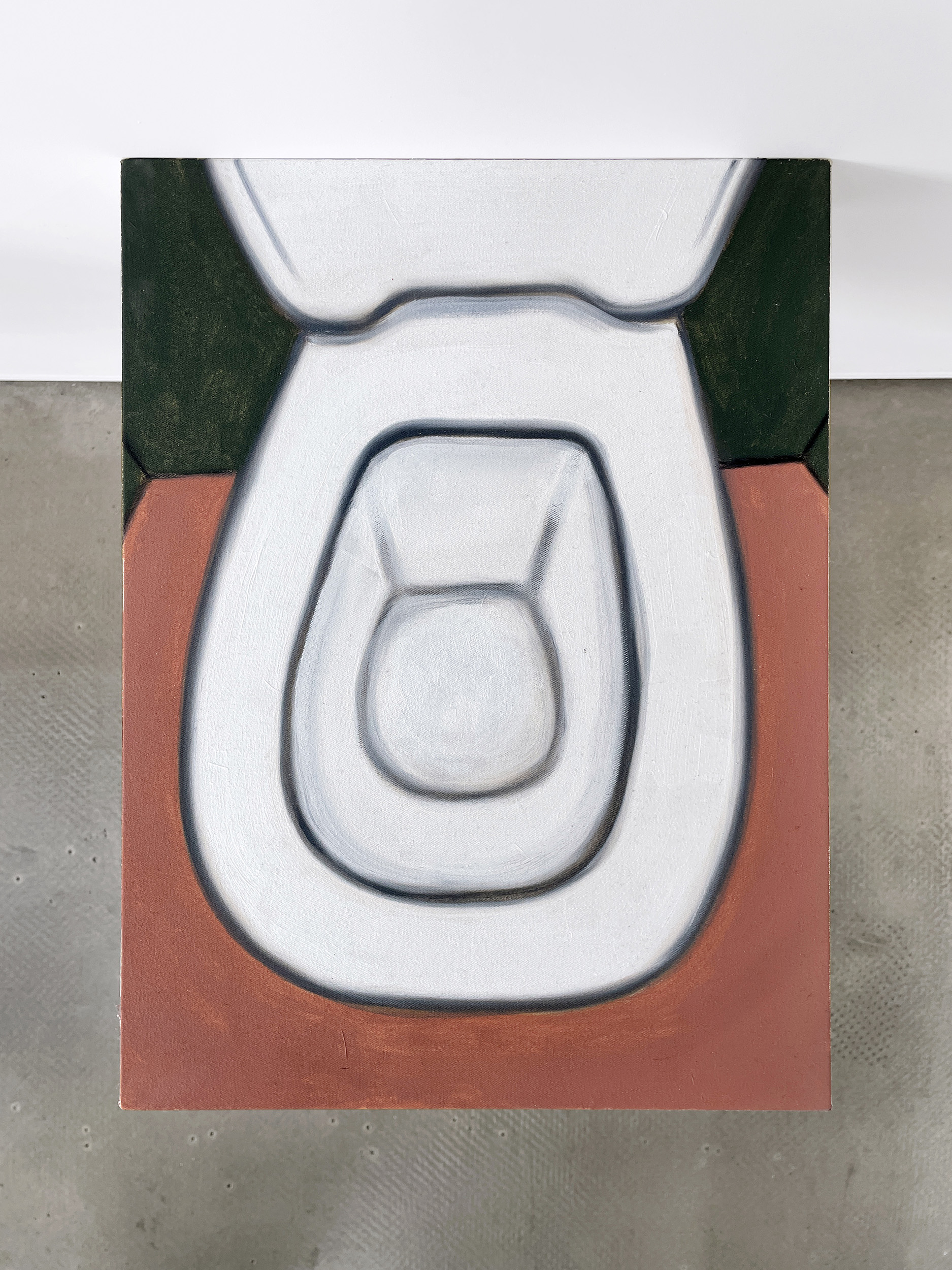 Azize Ferizi, Toilet seat #7, 2024
Azize Ferizi, Toilet seat #7, 2024Oil on canvas
40 x 30 cm
Inquire
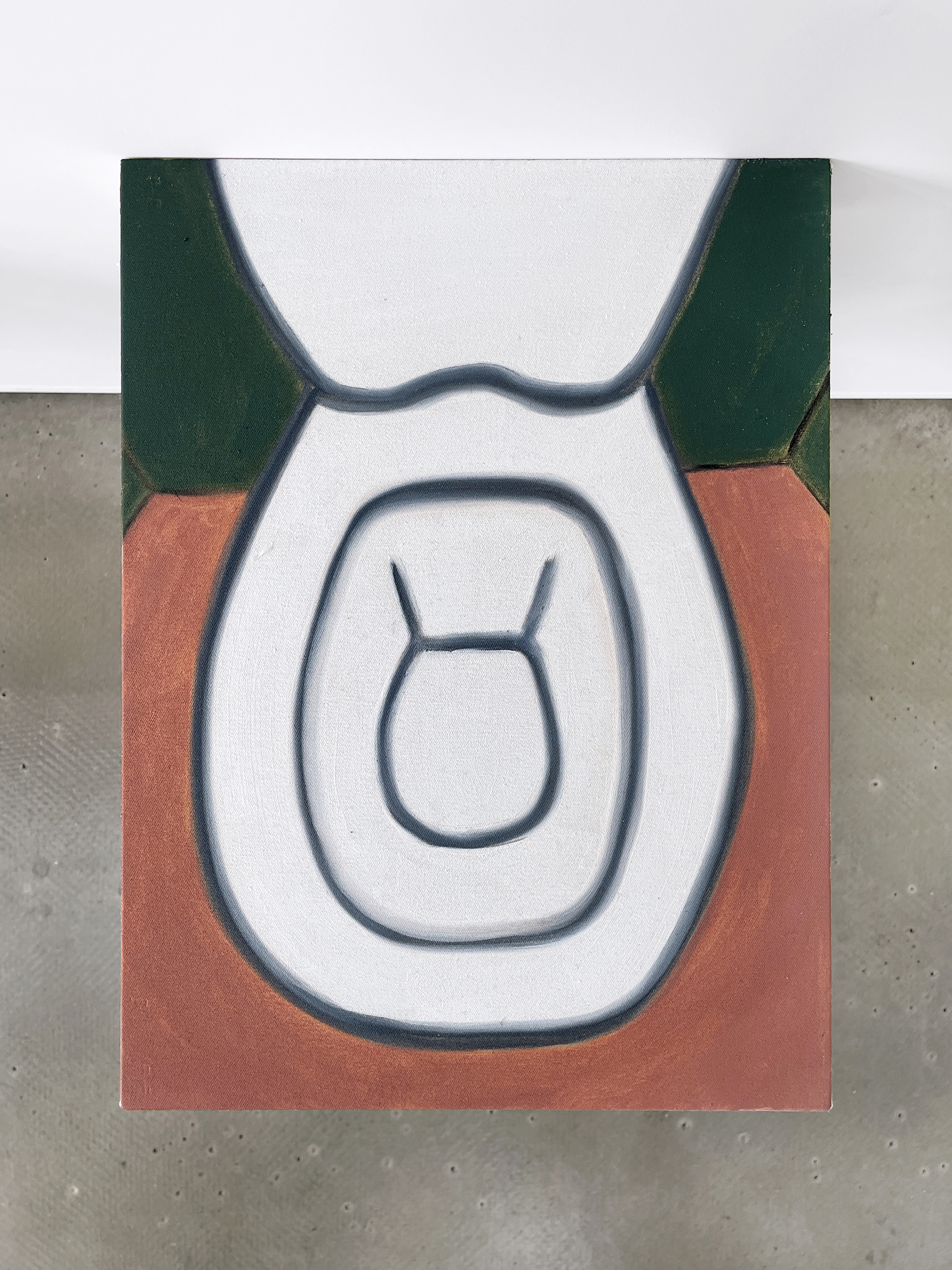 Azize Ferizi, Toilet seat #8, 2024
Azize Ferizi, Toilet seat #8, 2024Oil on canvas
40 x 30 cm
Inquire
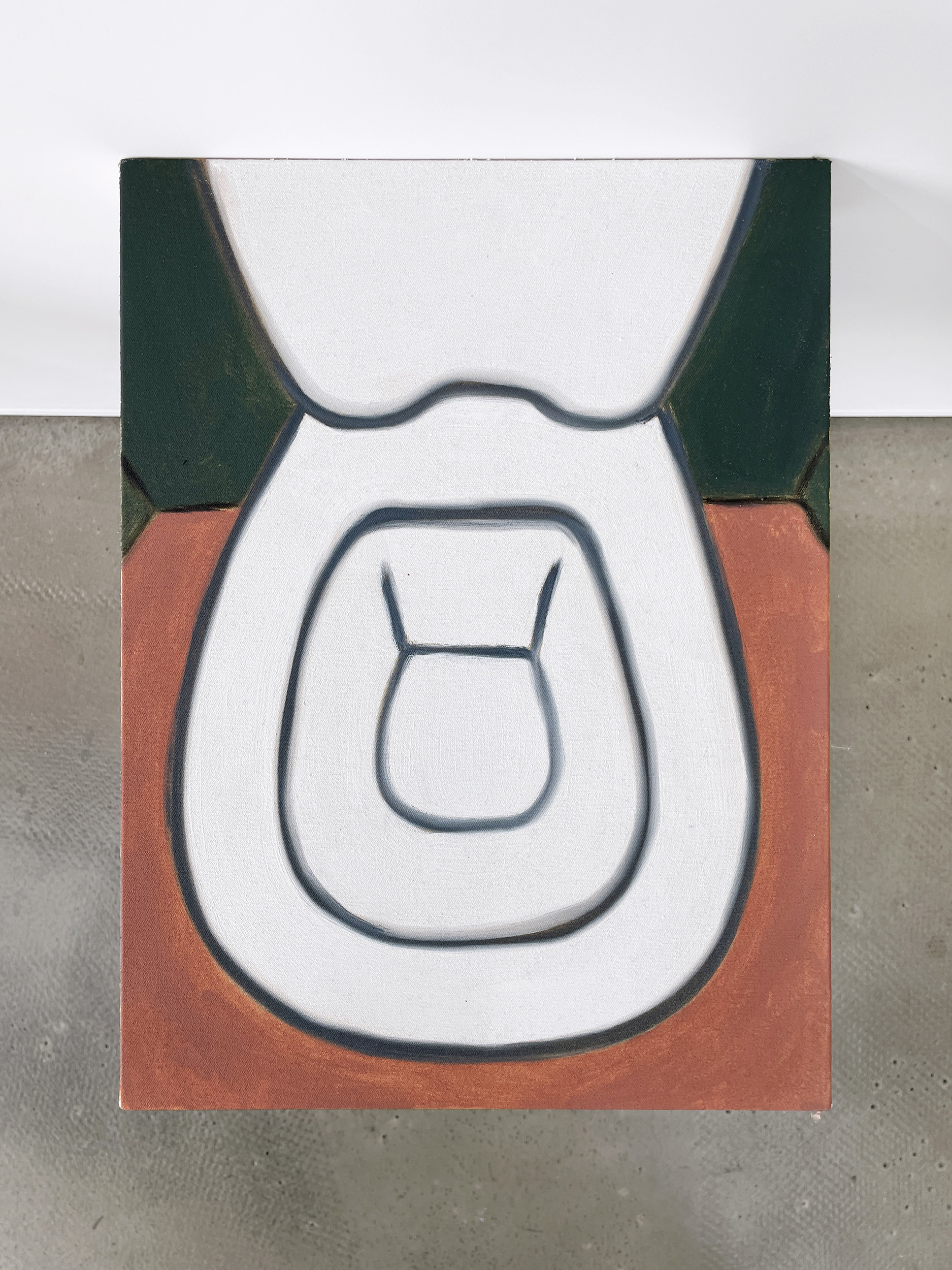 Azize Ferizi, Toilet seat #9, 2024
Azize Ferizi, Toilet seat #9, 2024Oil on canvas
40 x 30 cm
Inquire
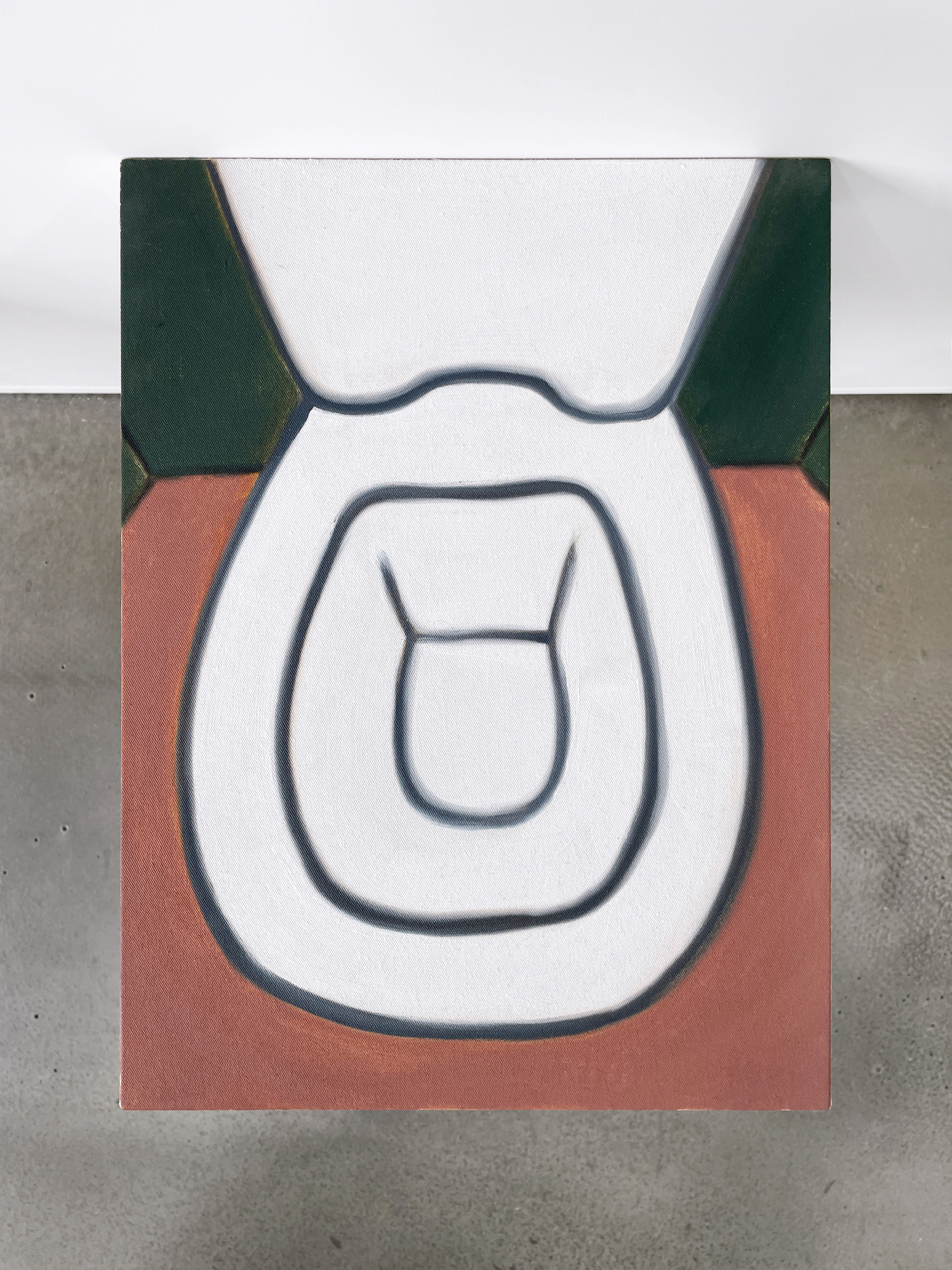 Azize Ferizi, Toilet seat #10, 2024
Azize Ferizi, Toilet seat #10, 2024Oil on canvas
40 x 30 cm
Inquire
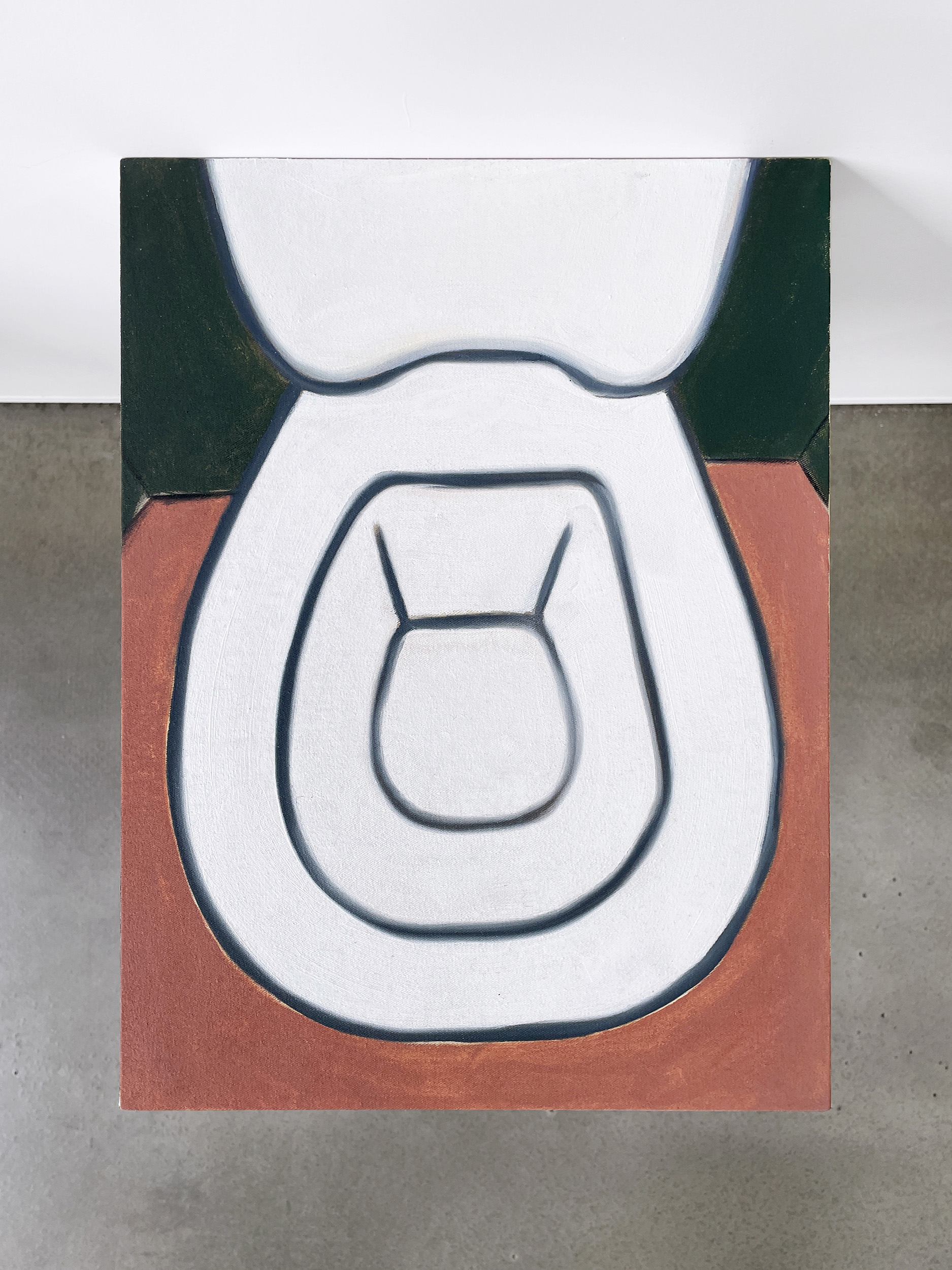 Azize Ferizi, Toilet seat #11, 2024
Azize Ferizi, Toilet seat #11, 2024Oil on canvas
40 x 30 cm
Inquire
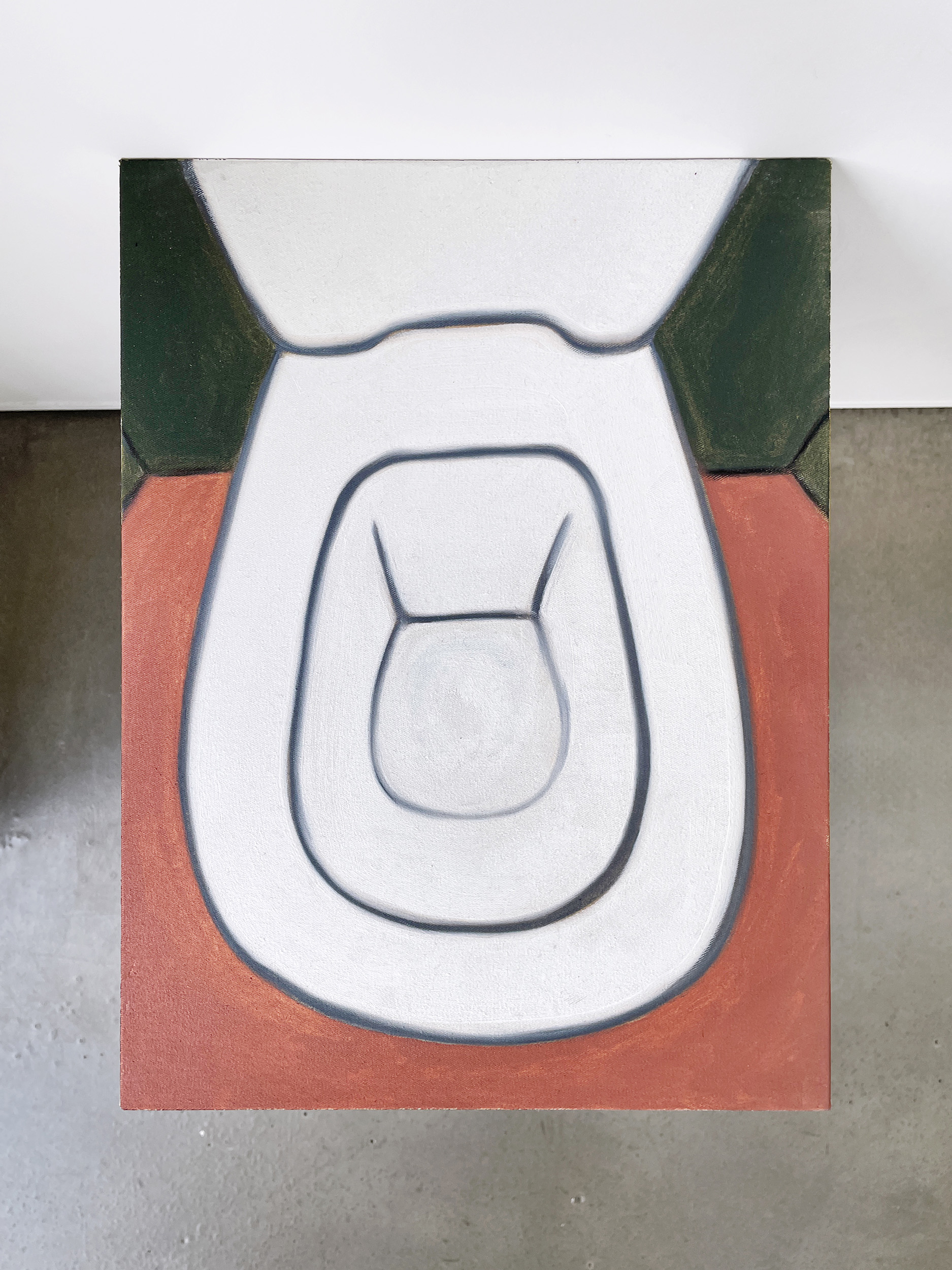 Azize Ferizi, Toilet seat #12, 2024
Azize Ferizi, Toilet seat #12, 2024Oil on canvas
40 x 30 cm
Inquire
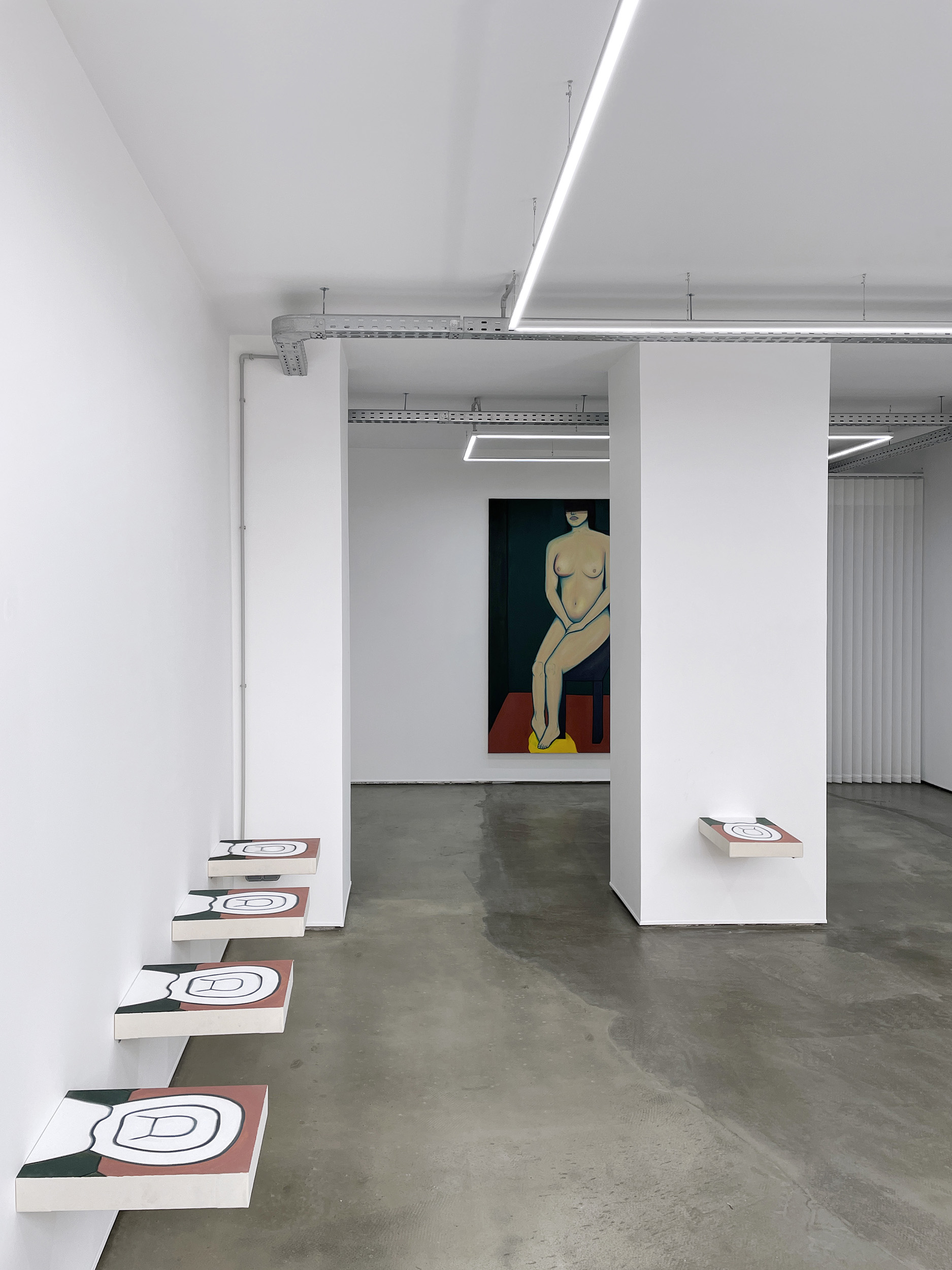 musical chair, 2024
musical chair, 2024Exo Exo, Paris
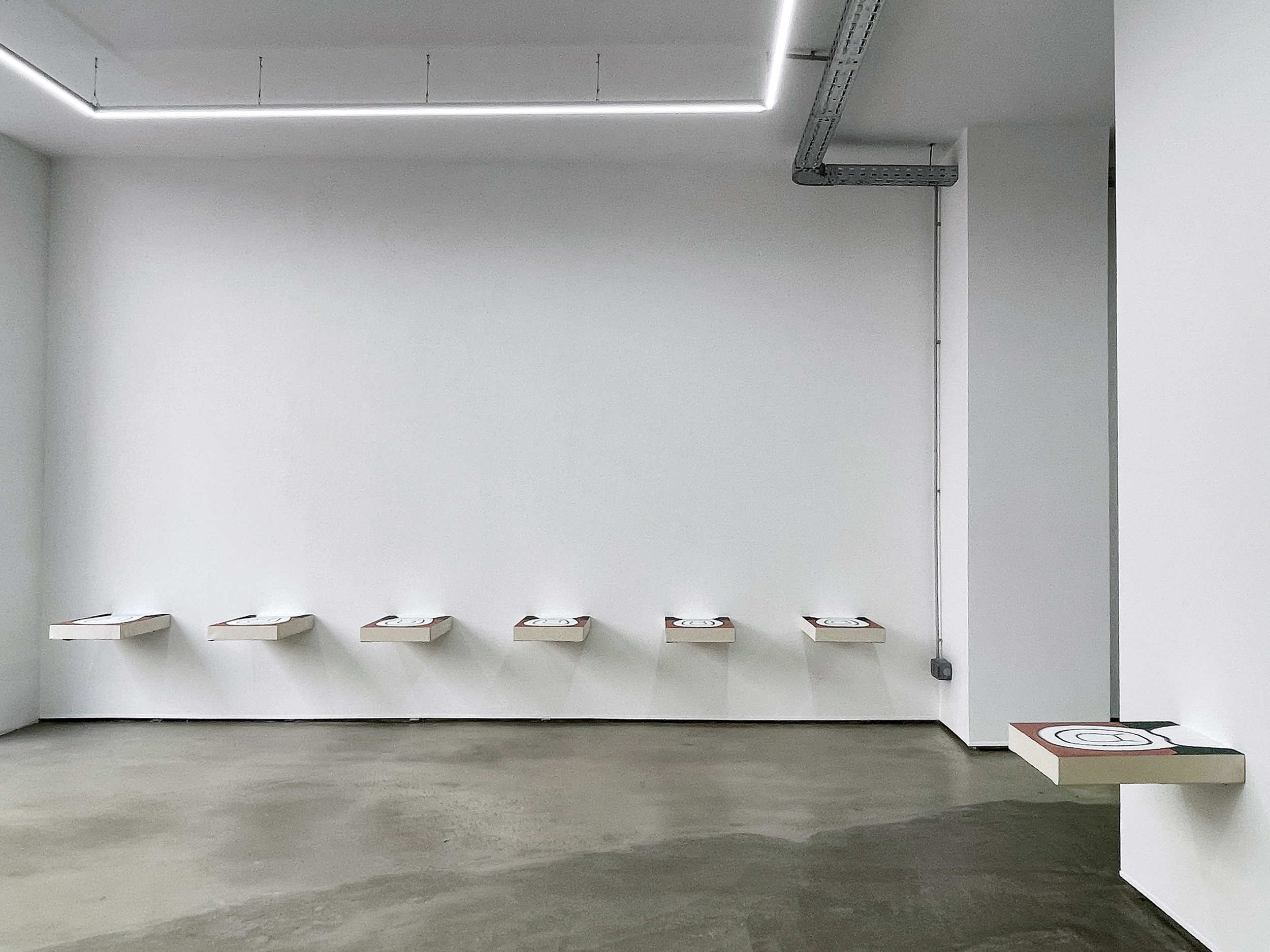 musical chair, 2024
musical chair, 2024Exo Exo, Paris
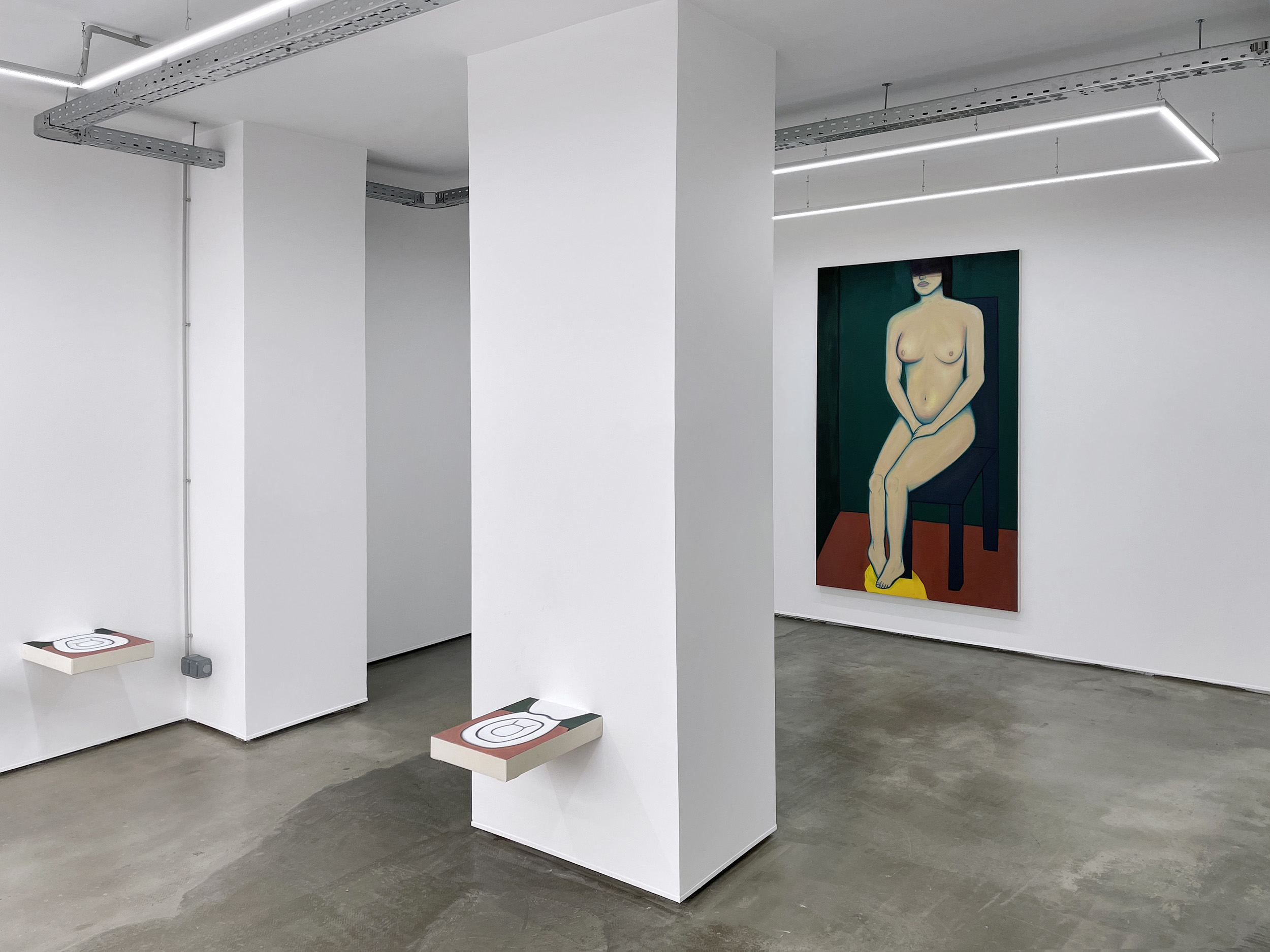 musical chair, 2024
musical chair, 2024Exo Exo, Paris
*English below*
Le travail d’Azize Ferizi (née en 1996) peut s’incarner dans le préfixe latin un — signifiant « le négatif » ou « le contraire ». L’artiste emploie un vocabulaire de la négation afin de défaire nos notions de propriété et de déstabiliser nos définitions du public versus le privé et des divisions socialement construites qui régissent leur séparation.
Le titre musical chair invoque de manière ludique un temps de la petite enfance durant laquelle ces distinctions ne sont pas aussi rigides. L’exposition se compose en deux parties : onze installations murales représentant des sièges de toilette et une grande peinture. En réfléchissant sur sa pratique, Azize Ferizi exprime : « Il y a toujours un besoin, dans mon travail, d’utiliser différentes méthodes artistiques et différents langages afin d’évoquer le même sujet. » En s’engageant à travers plusieurs formes et médiums, musical chair nous invite à dépasser notre rôle de simple spectateur.trice afin de devenir partie intégrante de l’exposition, d’apprendre sa langue et de dialoguer avec elle. L’artiste nous propose ainsi de ré-examiner le langage spatial de l’orientation que nous utilisons communément – de, autour, dedans, dehors, avec – pour nous repérer et nous diriger ensemble, les un.e.s avec les autres.
L’approche d’Azize Ferizi, mélange des genres et des formes, nous pousse à repenser notre relation à l’intimité et au privé dans la sphère publique de l’exposition. En installant onze peintures de sièges de toilettes horizontalement, allant en dehors du mur plutôt que sur le mur, l’espace d’exposition est volontairement rétréci. En tant que spectateurs.trices, nous nous trouvons forcé.e.s de physiquement repenser notre façon de nous y orienter. Cette sensation de resserrement que produisent les peintures transforment le lieu de la galerie en un espace proche des urinoirs publics.
La grande peinture de l’artiste représente un corps de femme nu assis sur une chaise et s’urinant dessus, mettant au premier plan la symbolique des toilettes publiques. Comme dans les précédentes oeuvres d’Azize Ferizi, la femme prend la majorité de l’espace du tableau. Confronté.e.s à un sujet féminin piégé dans une scène aussi intime et privée, nous ressentons l’exiguïté spatiale que lui-même éprouve. Musical chair brandit l’acte physique d’uriner afin de remettre en perspective nos notions du privé et du public, de l’humain et de l’animal, du civilisé et du barbare et de nous rappeler que ces antinomies sont marquées par une dialectique qui n’est pas à l’opposé de, mais plutôt par rapport à et en conversation avec. Azize Ferizi évoque la porosité des frontières et des limites qu’elles soient spatiales ou géographiques et nous invite à ré-imaginer l’intimité en relation avec nous-même ainsi que les un.e.s avec les autres.
– Nameera Bajwa, traduction Exo Exo
*
The work of Azize Ferizi (b. 1996) can be epitomized by the Latin prefix un — meaning “the negative” or “the contrary.” Ferizi employs a lexicon of negation to undo our notions of propriety and to unsettle our definitions of public and private and the socially constructed divisions which demarcate their divide.
Musical Chair, the very title playfully invoking a time in early childhood during which these distinctions are not so rigidified, is composed of two parts: 11 “toilet-seat” painted installations adjoined to the wall and one large scale painting. In thinking through her form, Ferizi states: “There is always a need in my work for me to use different methods of artistry and different languages to evoke the same meaning.” By engaging with these ideas through a multiplicity of form and artistic mediums, Musical Chair also invites us to move beyond our role as mere spectators to become a part of the exhibit itself and teaches us the language with which each distinct part of the exhibit speaks to each other. In doing so, Ferizi also invites us to relearn and examine the spatial languages of orientation with which we all “speak” — to, around, in, out, with — each other.
The breadth of Ferizi’s work and the uncategorizable blending of genre and form with which she approaches her art moves us to rethink our relationship to intimacy and privacy in the public space of the exhibit. By installing the 11 toilet seat paintings horizontally protruding out from the wall instead of simply on the wall, the exhibit space itself is rendered smaller, and in effect, we as spectators are pushed to materially rethink the ways we spatially orient ourselves. This “closing in” feeling that the 11 protruding toilet seat paintings exude transforms the space of the gallery into a space like that of a public bathhouse.
In her large-scale painting, Ferizi’s depiction of a nude woman on a chair and urinating on herself, foregrounds the symbology of the bathouse. Similar to her other work, the woman compositionally takes up most of the space in the painting. As we engage with the female subject in the middle of such an intimate and private act, we too begin to feel the spatial “crampedness” that she feels. Here, Musical Chair foregrounds bodily acts like urination to undo our notions of public and private, human and animal, civilized and barbarous, to remind us that these seemingly antithetical divisions are marked by a dialectic that is not against but always defined by and in conversation with each other. Ferizi reminds us of the porousness of borders and boundaries, both spatially and geographically, and forces us to reimagine intimacy in relation to ourselves and one another.
– Nameera Bajwa